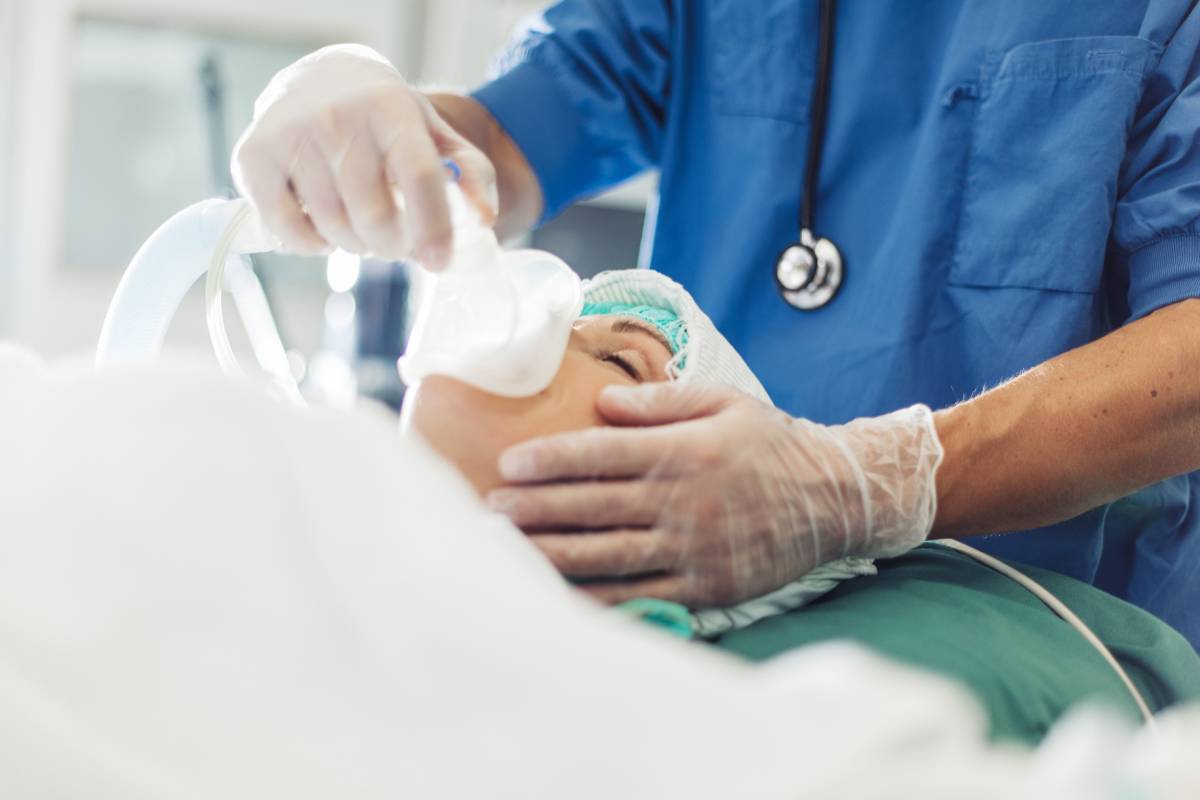Body Position During Surgery

It has been shown that body position during surgery has a significant impact on patient outcome parameters such as recovery and post-surgical complications like disability and functional loss. Patients may be lying down in different orientations or may even be sitting down for their surgery. Each specialty has recommendations for high-risk procedures in their field of expertise.
Mulier & Van examine the impact of body position on intraabdominal space during laparoscopic surgery in obese patients. In surgery involving the abdomen, abdominal workspace can improve or worsen the surgical workspace, making body position particularly important. Relative to a flat (supine) position, patients had greater intraabdominal space in the Trendelenburg position or the reverse Trendelenburg with hips flexed (a “beach chair” position), and had less space in the reverse Trendelenburg position. [1]
Poor body positioning during spinal surgery increases the risk of disability and functional loss. Kamel discusses the range of positions which prevent perioperative peripheral nerve injury (PPNI), postoperative visual loss (POVL) and central retinal artery occlusion (CRAO) with spinal surgery. The prone (superman) position has been associated with an increased risk for PPNI. Stretching has been implicated in brachial plexus injury (PPNI). Avoiding lateral neck rotation is the first recommendation for managing patients in the prone position. Rotating the head away from the arm exposes the nerve to injury. In the prone position, there is direct pressure on the eye which can cause CRAO. To relieve ocular pressure in the prone position, foam positioning devices for the head need to be employed.
To prevent POVL, the horseshoe head rest should not be used in patients in the prone position. Other body positions have been implicated in nerve injury; thus, modifying support in the prone position as described above is recommended to improve patient outcomes. The lateral decubitus position increases the likelihood of compression, which can cause peripheral nerve injury of the dependent brachial plexus. The brachial plexus can be compressed between the thorax and the humeral head in the lateral decubitus position. A chest roll has been shown to minimize compression in this position. [2]
Washington and Smurthwaite explain that nerve injury is the most common complication of surgery if body position is poor. Common surgical complications caused by malposition involve the endotracheal tube and all peripheral lines, invasive monitoring lines, urinary catheter and drains. Blood flow and blood pressure change with position, and patients under anesthesia experience weakened reflexes that facilitate haemodynamic instability, reduced functional residual capacity (FRC), atelectasis and impaired gas exchange. The supine and Trendelenburg positions have been linked to the complications described above. On the other hand, a sitting position improves hemodynamic instability and blood flow. Ulnar neuropathy is the most common example of peripheral nerve injury. This is associated with stretching or compression of the nerve during malposition. Brachial plexus nerve injuries are a known stretching risk during the unmodified prone position and can occur during cardiothoracic procedures. [3]
References
1. Mulier, Jan Paul, et al. “Impact of the patient’s body position on the intraabdominal workspace during laparoscopic surgery.” Surgical Endoscopy, vol. 24, no. 6, 2010, pp. 1398–1402, https://doi.org/10.1007/s00464-009-0785-8.
2. Kamel, Ihab. “Positioning patients for spine surgery: Avoiding uncommon position-related complications.” World Journal of Orthopedics, vol. 5, no. 4, 2014, p. 425, https://doi.org/10.5312/wjo.v5.i4.425.
3. Washington, Stephen & Smurthwaite, Glyn. “Positioning the surgical patient.” Anaesthesia & Intensive Care Medicine, vol. 10, no. 10, 2009, p. 476, https://doi.org/10.1016/j.mpaic.2009.07.011.
